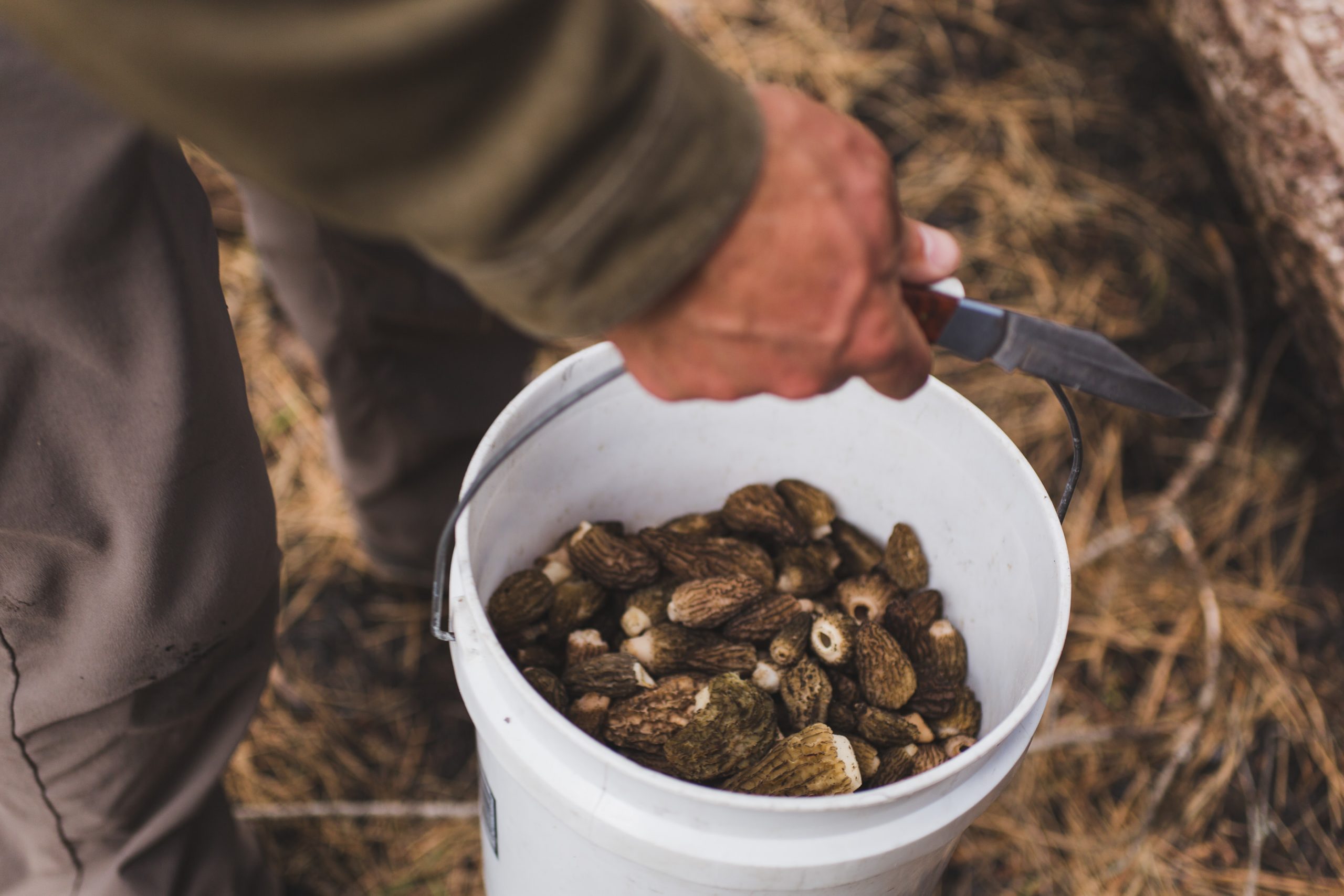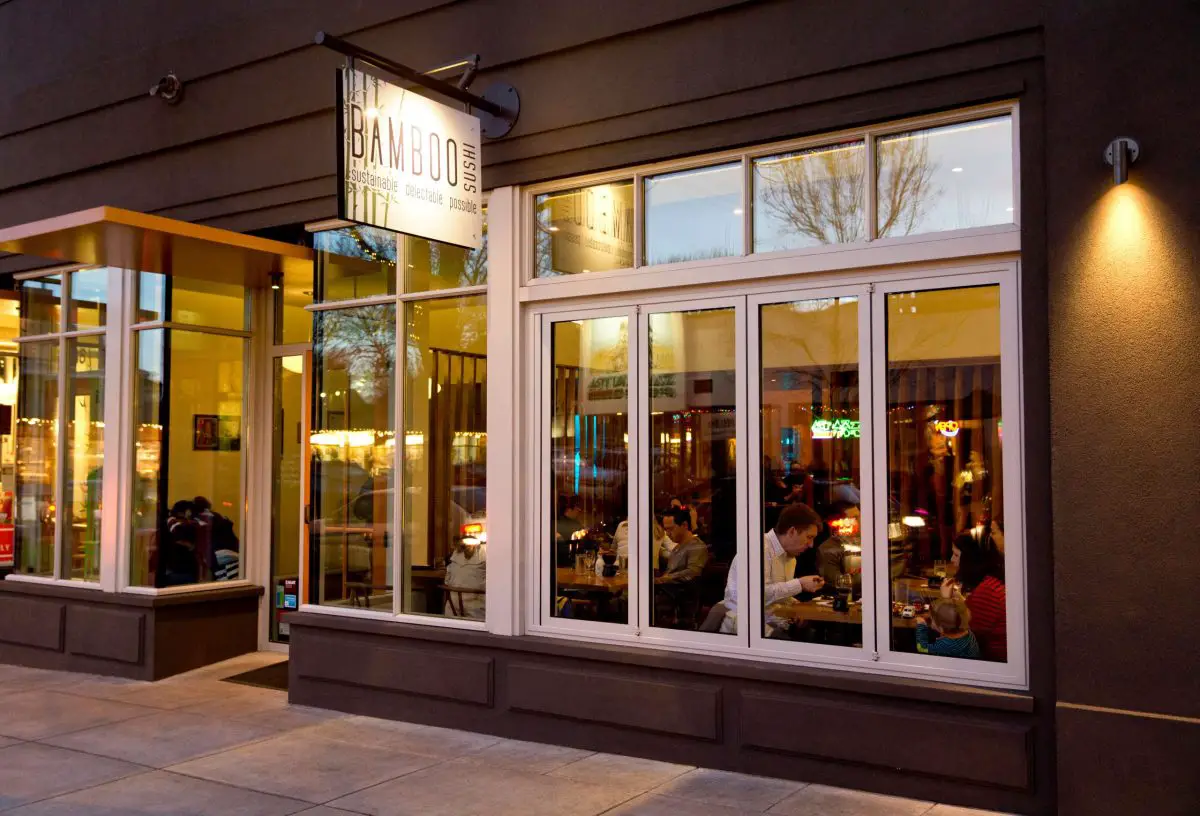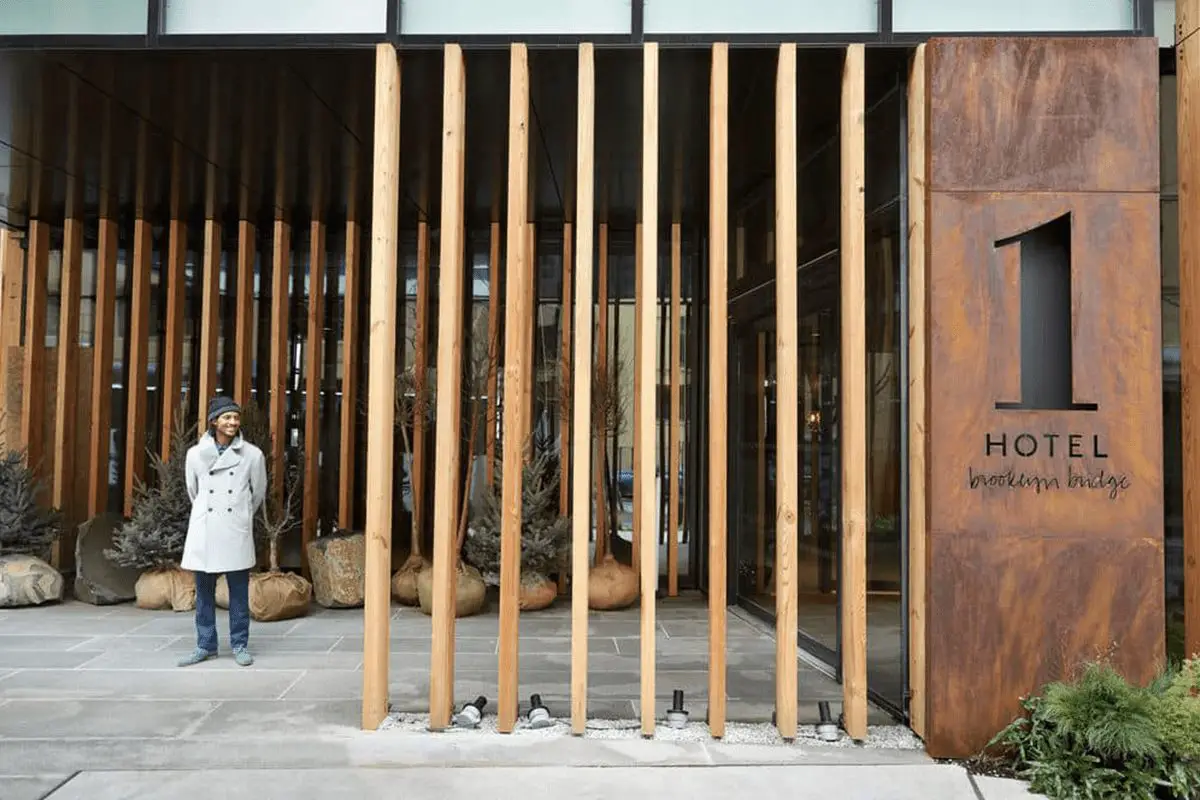In the Time of Covid, the wide blue yonder is both my escape hatch and my sanity maintenance pill. Specifically the swath of public lands east and west of my home in Seattle. Out there, in the ancient forests and lonesome mountains of the Cascades and Olympics, I can breathe in the fresh air and not worry about tainted particles of disease, those “air-born droplets” we’ve heard so much about.
Only, those same mountains aren’t so lonely these days.
It turns out there are plenty other Americans with cabin fever, and outdoor recreation is seeing a boom like never before. Retail stores are sold out of camping equipment, fishing gear, bikes, and cross-country skis. Trailheads overflow with cars. Popular spots for hiking and angling are busier than Grand Central Station.
I enjoy all those activities, too, but thankfully I’m also a forager, which encourages me to get off the beaten path to go on a more solitary outdoor treasure hunt for wild edible foods. Foraging is a perfect way, in fact, to forget about the downward spiraling news cycle and find literal sustenance in nature.

And in case you’ve been squirreled away in deep quarantine, foraging is hip these days. It’s now cool to traipse through the woods, woven Guatemalan basket in hand, in search of chanterelle mushrooms for the table, or to brave the bite of stinging nettles for a pot of soup. Every Michelin-aspiring chef has wild foods on the menu, and the bearded hipsters in their logging shirts from Portland, Oregon, to Portland, Maine, are learning how to tell a Death Cap mushroom from a delicious clump of porcini.

But…about those Death Caps… If you’d like to learn how to find a few untamed foods to spice up dinner during lockdown, just remember the forager’s Golden Rule: Never, ever, eat anything from the wild without one-hundred percent certainty of its identification. While there aren’t many deadly poisonous plants and mushrooms, there are a few, meaning it’s a good idea to learn how to recognize, for instance, a common weed such as poison hemlock (looks a bit like parsley!), yes the same one that killed Socrates.
If you’re new to foraging, try to go beyond leafing through field guides or surfing YouTube videos. Take a class or workshop if possible, join a mycological or horticultural society (most club meetings are via Zoom these days, but it’s a start), and best of all, find a more experienced friend or willing teacher who can mentor you.

There’s ample foraging just about everywhere across this stricken nation, including within city limits. Every region boasts of a few specialties: prickly pear cactus in the Southwest desert; wild rice in the Great Lakes; onion-y ramps up and down Appalachia. In many places you can harvest something as ubiquitous as the humble-yet-nutritionally-off-the-charts dandelion year-round, or go for the more advanced art of clam digging or mushroom hunting in season.
Regardless of quarry, wild food foraging is a great way to get outside for a while and forget about what ails us.
—Langdon Cook, award-winning author of Upstream and The Mushroom Hunters.



